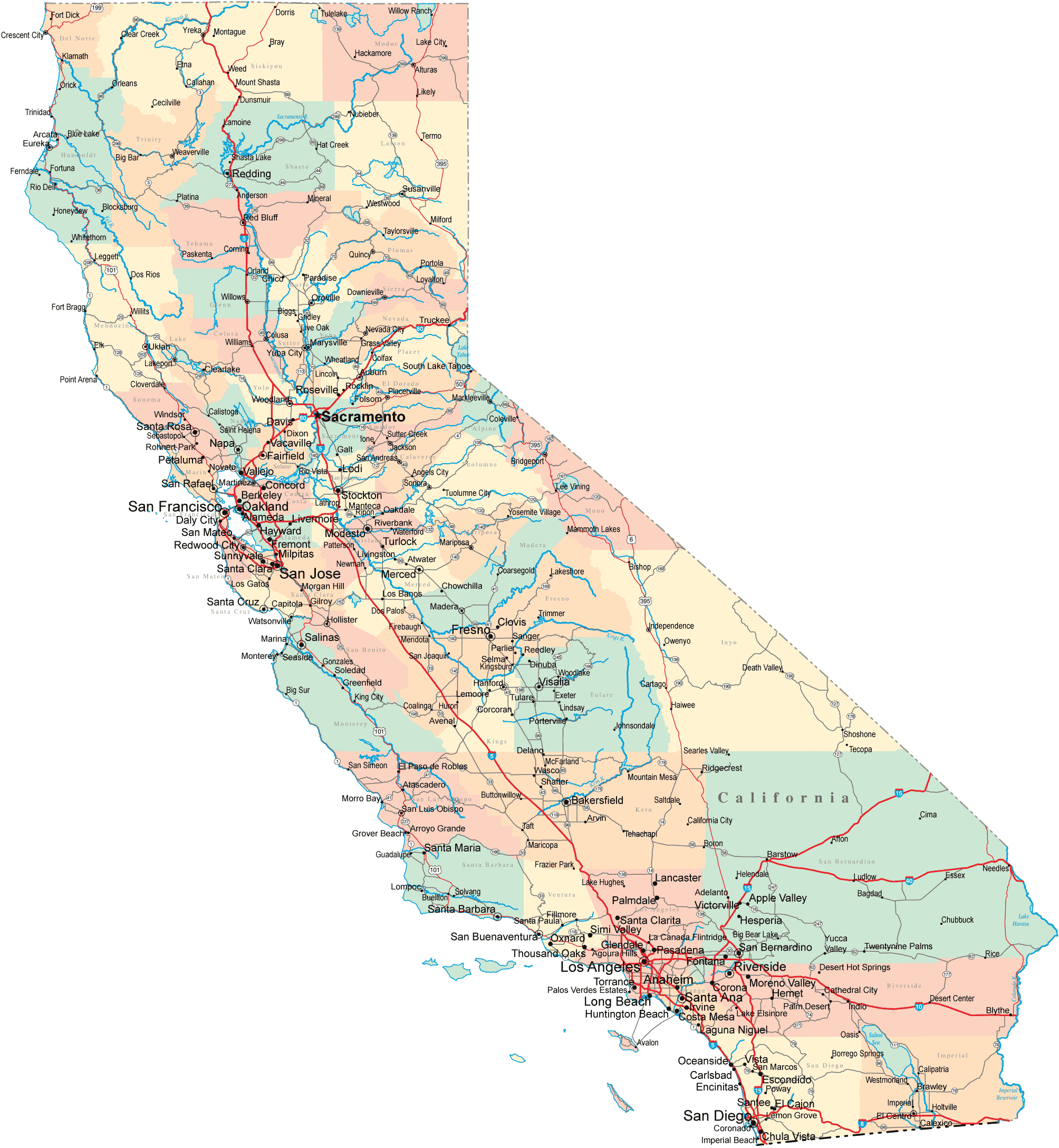Exploring the Historical Significance of Colorado Counties Through Maps
Colorado, often referred to as the "Centennial State," is a land of diverse landscapes, rich history, and a tapestry of counties, each with its own unique story to tell. To truly appreciate the historical significance of Colorado's counties, we must embark on a journey through its maps. In this exploration, we will delve into the origins, evolution, and historical context of Colorado's county divisions.
The Birth of a State
Colorado officially became a territory on February 28, 1861, marking a pivotal moment in its history. The map of Colorado counties at that time was drastically different from what we see today. The initial territorial boundaries included only 17 counties, such as Arapahoe, Boulder, and Gilpin, each carved out of the vast frontier.
The Rush for Resources
The late 19th century witnessed the great mining boom, drawing prospectors and settlers to Colorado's rugged mountains. The map of Colorado counties expanded rapidly during this era, reflecting the surge in population and economic activity. Iconic counties like Summit, Clear Creek, and San Juan were formed to manage the booming mining districts.
Agriculture and Settlement
As mining fever waned, agriculture and ranching took center stage in Colorado's economic landscape. The map evolved to include counties like Weld, Logan, and Pueblo, where fertile lands and irrigation systems supported agricultural communities. The creation of counties often paralleled the growth of these farming regions.
The Wild West Legacy
Colorado's frontier history is intricately woven into the map of its counties. Many counties, such as Las Animas and Huerfano, retain names rooted in the region's Hispanic heritage. Others, like Bent and Lincoln, pay homage to prominent figures from the Wild West era. These names provide a direct link to the state's tumultuous past.
Urbanization and Modernization
The 20th century marked a shift toward urbanization and modernization in Colorado. The map expanded to include counties like Adams, Jefferson, and Arapahoe, which encompassed growing metropolitan areas such as Denver. The development of infrastructure, transportation, and industry transformed the state's economic landscape.
A Cultural Mosaic
Colorado's counties not only reflect its economic history but also its cultural diversity. The map showcases counties with vibrant cultural communities, such as Conejos, with its strong Hispanic heritage, and Montezuma, home to the Ute Mountain Ute Tribe. These counties contribute to Colorado's rich cultural tapestry.
The map of Colorado counties is more than just a geographic reference; it is a living record of the state's historical evolution. Each county on the map holds a unique piece of Colorado's past, from its frontier days to its modern urban centers. As we explore these counties through their historical context, we gain a deeper appreciation for the Centennial State's rich and diverse heritage.




